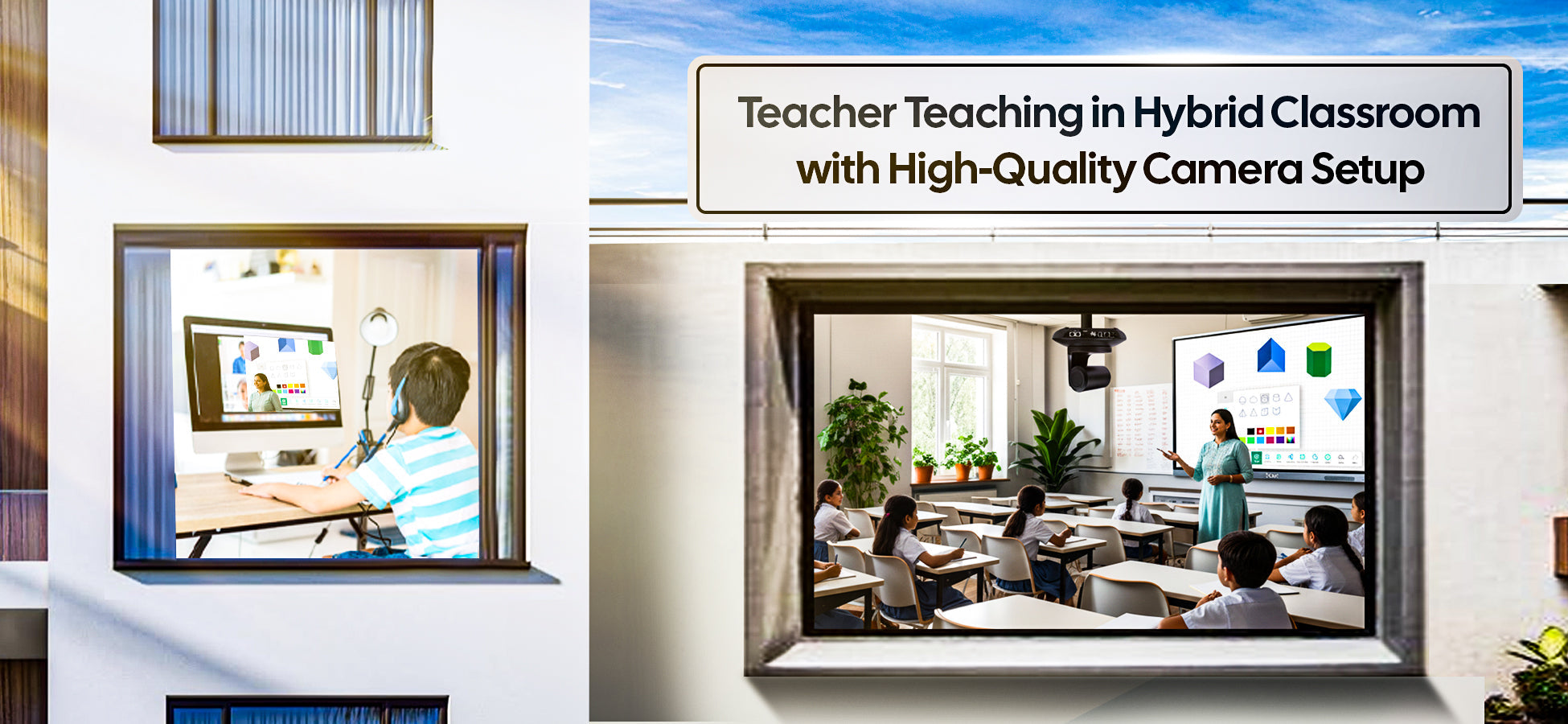In today's digital age, starting a successful online teaching business has become an increasingly popular and effective way to share knowledge and expertise. Whether you're a seasoned classroom educator looking to expand your reach or a professional in a specialized field wanting to share your skills, online teaching offers countless opportunities. In this blog post, we will guide you through the process of starting a successful online teaching business, from setting up your online presence to engaging with your students effectively.
- Define Your Niche and Target Audience
Before starting online teaching, it's important to define your niche and determine who will buy your course. Ask yourself: What are your areas of expertise? Who can benefit the most from your knowledge and experience? By identifying your niche and target audience, you can tailor your teaching approach and content to meet their specific needs.
- Set Up Your Online Presence
To start teaching online, you'll need a dedicated online platform to showcase your expertise and interact with your students. Here are a few key steps to set up your online presence:
- Create a Professional Website or Blog
Build a website or blog that reflects your brand and expertise. Include a brief introduction about yourself, your teaching philosophy, and the topics you specialize in. Provide a clear and easy-to-navigate structure for your visitors to explore your content.
- Optimize Your Website for Search Engines
Ensure your website is search engine optimized by incorporating relevant keywords throughout your content. This will help potential students find you when they search for topics related to your expertise. Consider learning basic SEO techniques or hiring a professional to assist you with this crucial aspect.
- Utilize Social Media Channels
Promote your online teaching services through various social media channels such as Facebook, Twitter, Instagram, and LinkedIn. Engage with your audience, share relevant content, and encourage interaction to build a community around your teaching brand.
- Choose the Right Online Teaching Platform
Selecting the right online teaching platform is crucial for delivering an effective and engaging learning experience. Here are a few popular options to consider:
- Live Video Conferencing Tools
Platforms like Zoom, Google Meet, or Microsoft Teams allow you to conduct live virtual classes, webinars, or one-on-one sessions with your students. These tools offer interactive features such as screen sharing, whiteboard functionality, and chat options for real-time engagement.
- Learning Management Systems (LMS)
LMS platforms, such as Moodle, Canvas, or Teachable, provide a comprehensive set of tools to create and manage online courses. They offer features like video hosting, course progress tracking, quizzes, and discussion forums, facilitating self-paced learning for your students.
- Multimedia Platforms
Consider utilizing multimedia platforms like YouTube or Vimeo to create and share pre-recorded video lessons. With these platforms, you can easily create playlists, organize your content, and reach a wider audience. Additionally, you can embed these videos into your website or blog for easy access.
- Design Engaging Lessons and Course Materials
Now that you have set up your online presence and chosen the right teaching platform, it's time to develop engaging lessons and course materials. Here are some tips to make your content captivating:
- Structure Your Lessons Effectively
Break down your lessons into logical sections and provide clear instructions to guide your students through the learning process. Use headings, bullet points, and visuals to enhance readability. Remember to include a mix of text, images, videos, and interactive activities to cater to different learning styles.
- Incorporate Visuals and Multimedia
Visuals and multimedia elements can greatly enhance the learning experience. Use images, charts, infographics, and videos to illustrate concepts, reinforce key points, and make your content more engaging. Additionally, consider using storytelling techniques or real-life examples to make your lessons relatable and memorable.
- Encourage Student Interaction and Collaboration
Promote student engagement by including activities that require participation and collaboration. Use discussion forums, chat features, or virtual breakout rooms to encourage students to share their thoughts, ask questions, and interact with each other. This not only fosters a sense of community but also enhances their understanding of the subject matter.
- Provide Ongoing Support and Feedback
To create a successful online learning environment, ongoing support and feedback are crucial. Here's how you can provide valuable support to your students:
- Respond Promptly to Student Inquiries
Make yourself available to answer student questions and provide clarifications in a timely manner. Encourage an open line of communication through email, discussion forums, or designated office hours. Prompt and personalized responses will contribute to a positive learning experience.
- Offer Constructive Feedback
Regularly assess your students' progress and provide constructive feedback on their assignments or assessments. This helps them understand their strengths and areas for improvement. Highlight their achievements, offer suggestions for growth, and provide resources for further exploration.
Conclusion
Starting your online teaching journey can be a rewarding and fulfilling experience. By defining your niche, setting up your online presence, choosing the right teaching platform, designing engaging lessons, and providing ongoing support, you can deliver high-quality education to a global audience. Embrace the digital possibilities and make a positive impact through online teaching. Remember, the key to success lies in continuously adapting, improving, and refining your teaching methods to meet the ever-evolving needs of your students.
Now that you have a roadmap to get started, it's time to embark on your online teaching adventure. The digital world is waiting for your expertise, so go ahead and make a difference, one virtual class at a time!
visit our YouTube Chanel
https://www.youtube.com/@Edusquadz


